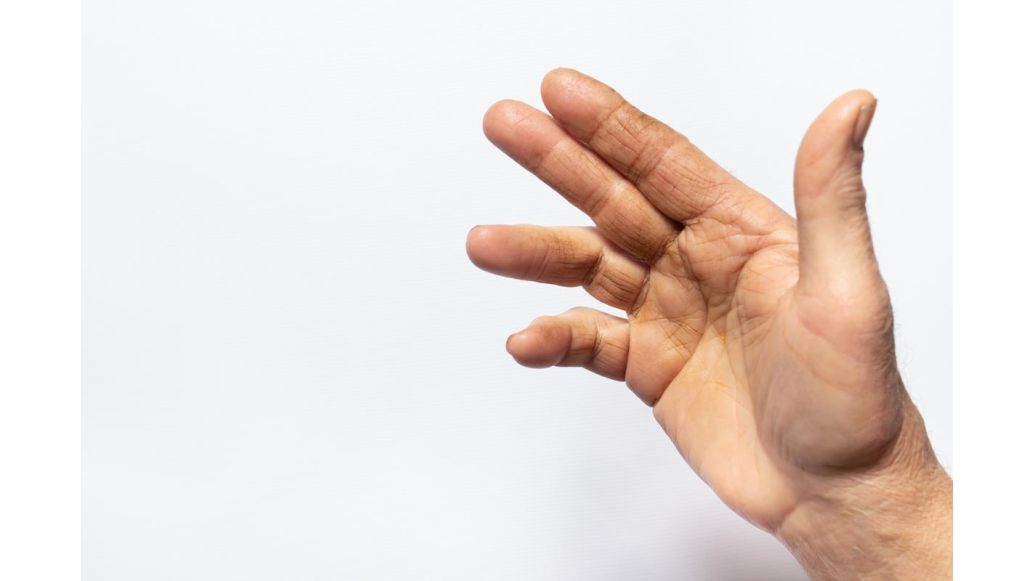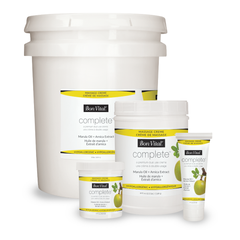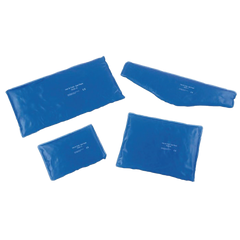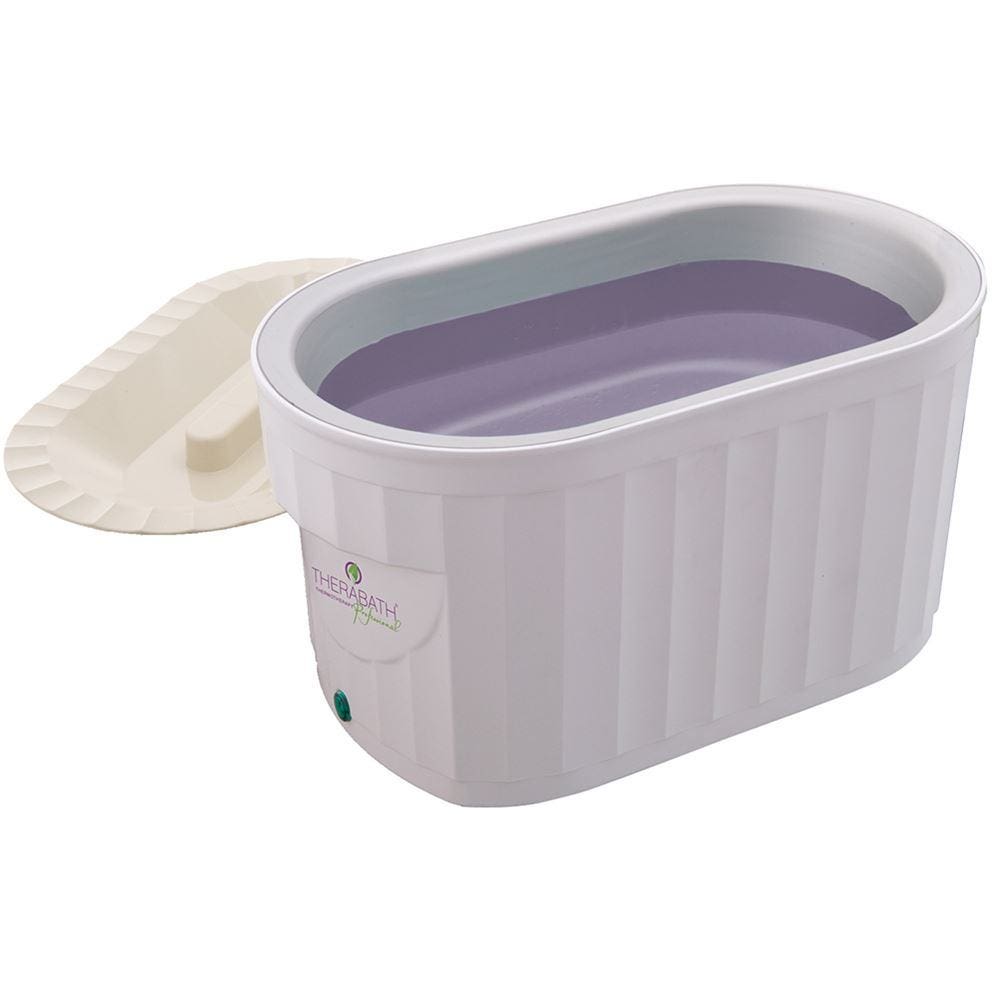Key Takeaways
- Dupuytren’s contracture happens when connective tissue thickens and tightens under the palm, pulling at least one finger toward the middle of the hand
- Symptoms of Dupuytren’s contracture include lumps, nodules, and cords on the palmar side of the hands
- The causes are likely to be genetic, and the condition usually progresses slowly over time
- There is no cure for Dupuytren’s contracture, however treatments such as physical therapy, needling, or surgery can help improve finger motion
Top Products in This Article
What is Dupuytren's Contracture?
Dupuytren’s contracture affects the palm of the hand and fingers. The hand is made up of fibrous tissue called fascia, which covers the nerves, blood vessels, muscles, and tendons. Sometimes the fascia thickens and tightens under the palm, forming cords that are often mistaken for tendons.2
Unlike a tendon that is moved by a muscle that shortens and lengthens, the cord tissue is not connected to a muscle and does not move. This condition usually affects the third and fourth fingers, but can extend into any of the digits, including the thumb.
Learn more about the causes and how you can treat Dupuytren's contractures!
What are the causes?
The exact cause of Dupuytren’s contracture is unknown. The symptoms of this condition develop gradually over time and can affect one or both hands. Some of the risk factors include1:
- Genetics
- Existing medical conditions such as seizure disorders or diabetes
- Gender - men usually have more severe symptoms than women
- Age - increases with age and most prevalent in people over the age 40
How do I know I have Dupuytren’s?
You will first notice difficulty in placing the hand flat on a surface or fully opening the palm. It may also be more difficult to wash hands, wear gloves, or hold large objects in the palm. To diagnose Dupuytren’s contracture, your doctor will check the hands for dimples, pitted marks, thickened skin, bent fingers, lumps, or nodules. You will also be asked to bend your fingers towards the palm.

3 Treatment Methods for Dupuytren's
There is no cure for Dupuytren’s contracture, however research suggests that treatment can help slow down progression.1 Some individuals might never experience the contracture of their fingers. The condition may only cause the tissue on the palm to thicken. Your doctor may recommend options like injections or surgery in cases where the symptoms are more severe:
- the condition is limiting a person’s use of the hand
- tissue wrapped around arteries and nerves is raising the risk of injury
The goal of treatment is to improve finger motion and function. Here are a few treatment options to consider that help slow the progression of Dupuytren’s contracture. Keep in mind that Dupuytren’s contracture can recur after treatment.
Enzyme Injection
The enzyme injection is injected directly into the thickened cords in your hand. 24-72 hours following the injection, the enzyme will weaken or dissolve the contracted tissue.2 Your doctor will then manipulate and straighten your bent fingers to break or pull apart the cords. This helps improve contractures and increase range of motion in the fingers.
To learn more about the process of having enzyme injections, watch this video!
Needling
Needle aponeurotomy involves placing a needle in the tough tissue that is causing the contracture of your fingers. The goal of the procedure is to separate the tissue. Like the enzyme injection, your doctor will manipulate and straighten the affected fingers after the tissue has separated. Following the procedure, expect a few days of swelling and soreness. Use a cold pack to help with these symptoms.
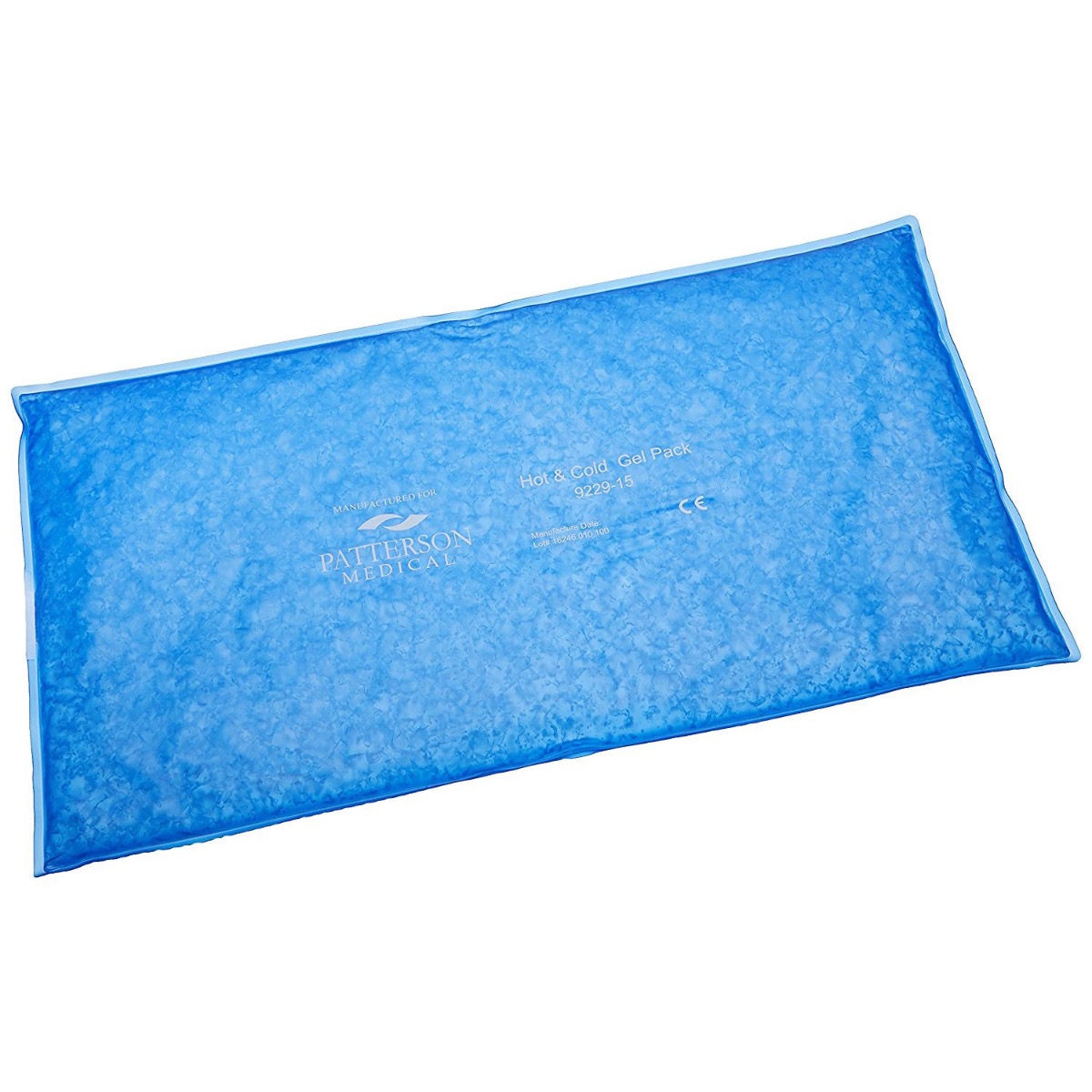
Surgery
Surgery may be necessary in more severe cases of Dupuytren’s disease. If you find it difficult to use your hand, talk to your doctor about surgery. Surgery involves making an incision and removing the diseased tissue. While surgery may be more invasive, it does have the benefit of offering a longer-lasting release of contracture.2
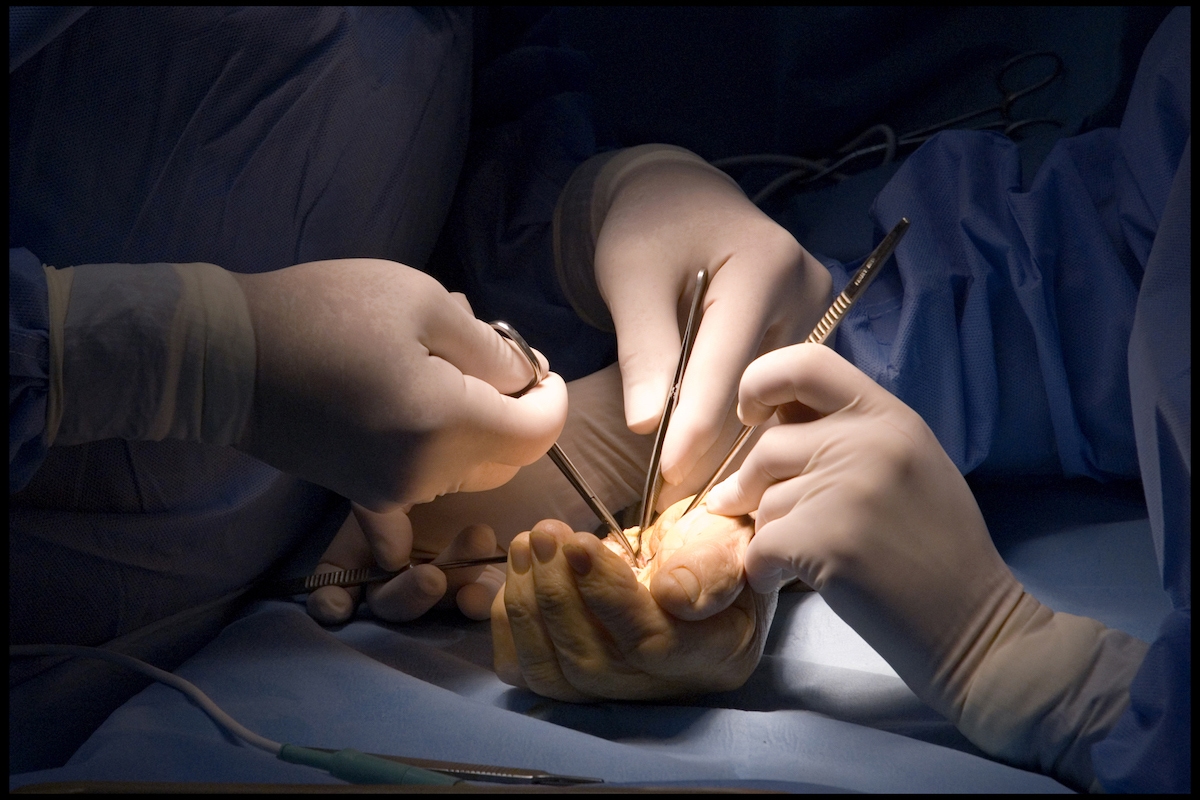
After surgery or needling, you may need to see a physical therapist to help regain mobility and functional strength in your affected hand. Here are 5 exercises that you can do at home to speed up your recovery.
- Finger Lifts: Lay your palm flat on a smooth surface, like a table or desk. Raise each finger one at a time, pausing after each raise for a few seconds. Repeat this exercise several times per day.
- Finger Spreads: With your palm on a flat surface, stretch your fingers by spreading them wide and drawing them back in together.
- Palm Raises: Leaving your fingers flat on a surface, gently raise and lower only your palm.
- Hand Press: Bring your hands together in a prayer position. Gently push the palms and fingers of both hands. Hold this for a few seconds before releasing.
- Finger Bends: Hold your hands in front of you, bending the first two joints of the fingers down and straightening them.
You can also use massage techniques to help relieve pain and soreness. Rub the affected area including and around the thickening tissue of the palm as well as the fingers. You might also like to use heat, oils, and lotions.
Recap
The exact cause of Dupuytren’s contractures is unknown. This condition occurs when connective tissue thickens and tightens under the palm, pulling at least one finger toward the middle of the hand. While it is not necessary for those affected, minimally invasive treatments can help slow the progression of the condition and provide pain relief. If the contractures continue to worsen and make it difficult to use the hand, surgery may be the best option.
To learn more about Dupuytren’s contracture, watch this video!
References
1. Anonymous. (2021). Home Remedies to Treat Dupuytren’s Disease. OrthoBethesda. Retrieved from https://bit.ly/3iggpPM
2. Clinkscales, Carlton. (2017). Dupuytren’s Disease. AAOS OrthoInfo. Retrieved from https://bit.ly/2WoGkgD
3. Tidy, Colin. (2021). Dupuytren’s Contracture. Patient. Retrieved from https://bit.ly/3F5VkSa
Medical Disclaimer: The information provided on this site, including text, graphics, images and other material are for informational purposes only and are not intended to substitute for professional medical advice, diagnosis or treatment. Always seek the advice of your physician or other healthcare professional with any questions or concerns you may have regarding your condition.








 France
France Australia
Australia